MANILA, Philippines — If there’s anything that was spreading faster than the novel coronavirus disease 2019 (COVID-19) in the country, it would be misinformation mainly through social media which had caused panic among people more than the disease itself.
The government had acknowledged that aside from fighting the spread of the disease, there was also a need to stop the contagion of falsehoods. The Department of Health (DOH) and lawmakers had called on the public to rely only on authorities and experts for information on COVID-19 and government response to the pandemic.
In this piece, INQUIRER.net tries to separate the so-called chaff from the grain not only to help disseminate facts about the disease but also shine a light on what it isn’t.
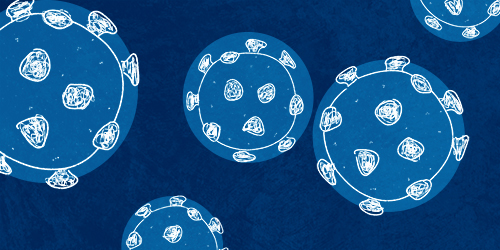
Illustration by: Marie Faro/INQUIRER.net
One of the biggest myths on COVID-19 is that the virus causing it, the novel coronavirus (SARS-CoV-2), dies in warm weather.
The World Health Organisation (WHO), however, has said that the virus can spread in all areas, regardless of climate and humidity.
Likewise, authorities are saying that there remains to be no reason to conclude that warm weather can kill the new coronavirus or other diseases.
“The normal human body temperature remains around 36.5°C to 37°C, regardless of the external temperature or weather,” the WHO said.
In the Philippines, where higher temperatures are the norm, there are 142 total cases, with the death toll 12 so far.
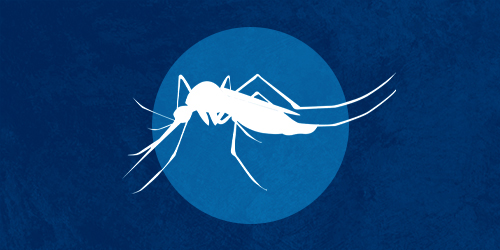
Illustration by: Marie Faro/INQUIRER.net
The WHO also said that there is still no evidence linking the disease’s transmission with mosquito bites.
The virus that causes COVID-19 is spread by small droplets of saliva or respiratory excretions by an infected person through coughing, sneezing or exhaling.
Uninfected persons get the virus if infected droplets land on their mouths or noses or inhale these. Infection can also set in if the uninfected touches eyes, nose or mouth after getting in contact with objects where droplets from carriers land.
The virus that causes COVID-19 is known to stay alive for up to several days on surfaces like plastics or stainless steel.
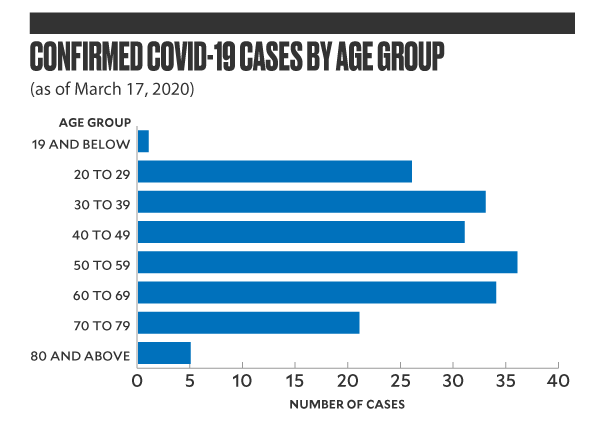
Source: Department Of Health
While older age groups—particularly those who have pre-existing conditions—are more prone to the virus, younger generations are not completely safe from it either.
Data from the Department of Health show that the oldest case of COVID-19 in the Philippines is an 88-year old woman from Pasig City while the youngest is only 13 years old.
WHO, however, said people who have pre-existing conditions like asthma, diabetes or heart disease, are more vulnerable.
Data from different medical websites show, however, that the mortality rate for older age groups was higher than it is for younger age groups. It doesn’t mean, however, that children or teenagers are immune from the virus.
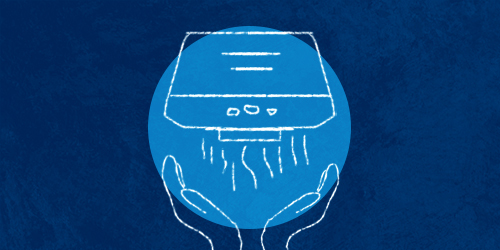
Illustration by: Marie Faro/INQUIRER.net
Hand dryers or ultraviolet lamps are not advisable as tools in killing the virus, the WHO said. In fact, ultraviolet radiation can burn the skin or cause irritation.
The WHO advised the public that the best way to protect oneself is by frequent washing hands with soap and water for at least 20 seconds and the use of alcohol or alcohol-based sanitizers if hand-washing was not feasible.
Would virtually bathing in alcohol by spraying it all over the body do the trick? WHO said this doesn’t work if the virus had already entered the body.
“Spraying alcohol or chlorine all over your body will not kill viruses that have already entered your body. Spraying such substances can be harmful to clothes or mucous membranes,” WHO said.
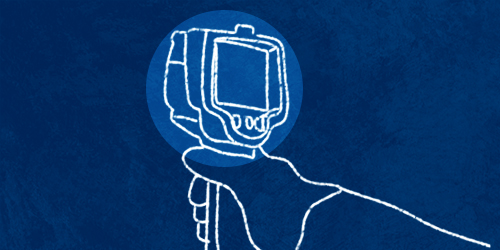
Illustration by: Marie Faro/INQUIRER.net
The WHO clarified that thermal scanners can only detect fever, one of the symptoms of COVID-19. It cannot be used as an instrument to conclusively diagnose whether a person is positive or not.
Thermal scanners also cannot detect persons already infected with COVID-19 but have yet to show symptoms, like fever.
The WHO said the incubation period, which is the time between exposure to infection and appearance of the symptoms, ranges from one to 12.5 days. Some cases, however, could reach up to 14 days.

Illustration by: Marie Faro/INQUIRER.net
Since the novel coronavirus is a virus, antibiotics do not work against them. Likewise, there is also no vaccine to prevent or medicine to treat COVID-19.
Hospitals, however, may give antibiotics to those who were infected by the virus since bacterial co-infection is also possible.
COVID-19 is a respiratory disease caused by the novel coronavirus that first emerged in China’s city of Wuhan in Hubei province in late 2019.
The International Committee on Taxonomy of Viruses named the novel coronavirus as SARS-CoV-2.
The virus, in many cases, causes mild symptoms such as fever and cough for most people but can cause serious illness, such as pneumonia, for others, especially older adults and people with existing health problems.
Coronavirus is a family of viruses, which was called such because its surface is dotted with spikes that look like elongated crowns.
Edited by TSB